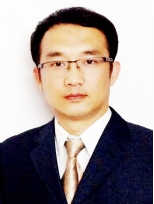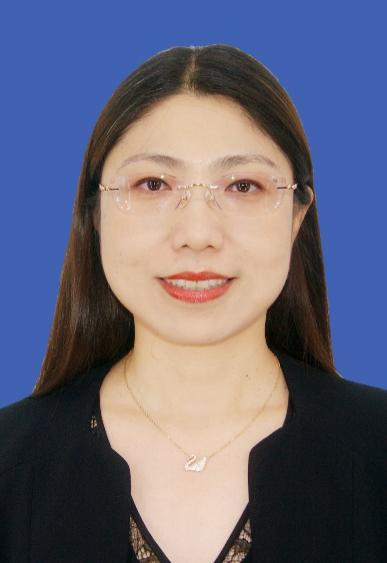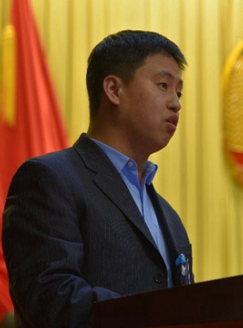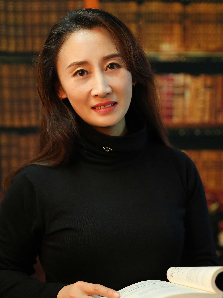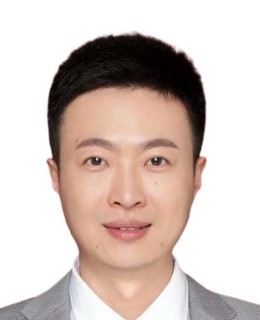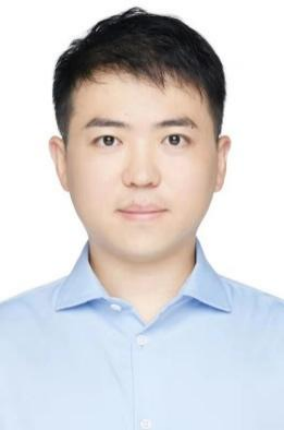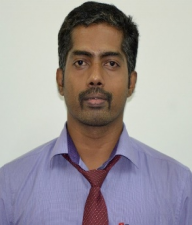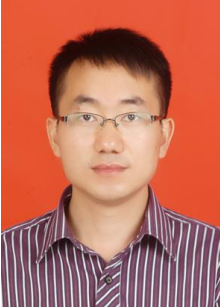ICOMV 2025
Prof. Guangfeng Shi (Dean) Changchun University of Science and Technology 石广丰 教授/院长 长春理工大学 |
Prof. Shuang Zhang (Dean) Changchun Institute of Technology 张爽 教授/院长 长春工程学院 |
Title: Applications of Optical Imaging and Machine Vision in Detection Technology | Title: Research and Application of Key Technologies for On-line Inspection of Manufacturing Quality of Key Parts of High-speed Rail |
Prof. Hongchang Ding (ViceDean) Changchun University of Science and Technology 丁红昌 教授/副院长 长春理工大学 |
Assoc. Prof. Lina Wang Changchun University of Science and Technology 王丽娜 副教授 长春理工大学 |
Title: The application of artificial intelligence in modern industrial production lines | Title: Research on the technology of optical and SAR remote sensing images |
ICOMV 2024
Prof. Yang Yue, Xi'an Jiaotong University, China(Fellow of SPIE) 岳洋教授,西安交通大学 |
Prof. Jining Liu, Hunan Normal University, China 刘金平教授,湖南师范大学 |
Prof. Lei Chen, Shandong University, China |
ICOMV 2023
Prof. Ping Lu, Huazhong University of Science and Technology, China 鲁平教授,华中科技大学 Title: Photoacoustic Demodulation Technology |
Prof. KANNIMUTHU SUBRAMANIYAM, Anna University, Chennai, India Title: Analysis of Deep Learning and its roles in Machine Vision |
Prof. Bin Liu, Dalian University of Technology, China 刘斌教授,大连理工大学 Title: Automatic bearing surface tiny defect detection based on multi-angle illuminations |
ICOMV 2022
Prof. Bin Liu, Dalian University of Technology, China 刘斌教授,大连理工大学 Title: Personalized Computer-Assisted Medicine Based on Graphics and Image Processing |
Prof. Chenqiang Gao, Chongqing University of Posts and Telecommunications, China 高陈强教授,重庆邮电大学 Title: Infrared small target detection: From model-driven methods to data-driven methods |

